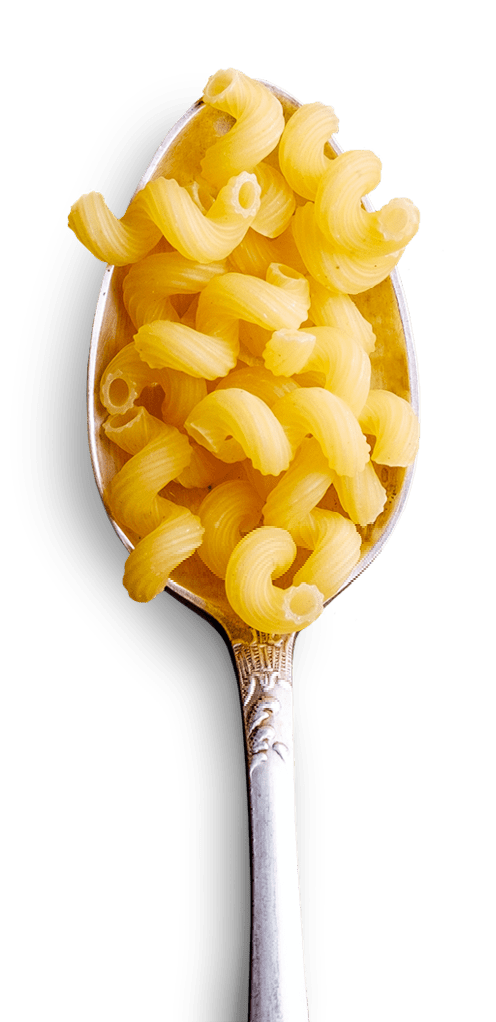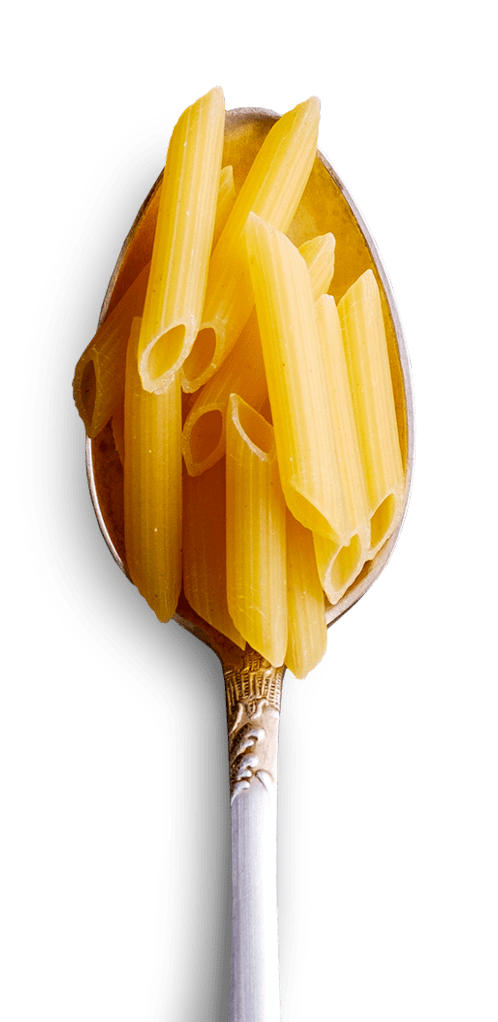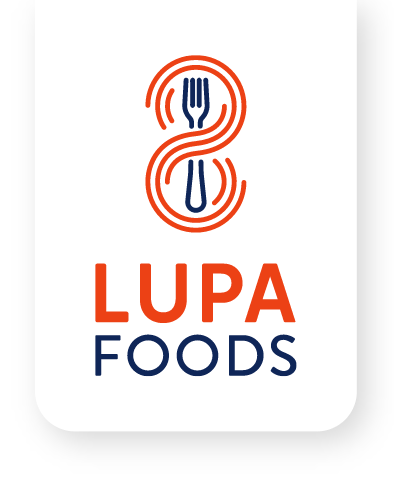The ins and
outs of pasta
Pasta is an age-old Italian favourite across the world. It comes in many different shapes and sizes, each with its own unique name and purpose. For example, spaghetti is long and thin, making it perfect for dishes with a lot of sauce, while penne is short and tube-shaped, which makes it ideal for salads or pasta bakes.
It’s easy to cook, and can be served as a standalone dish, a side dish, or as part of a larger course. It can even be prepared ahead of time. You also get gluten-free options that can suit many dietary restrictions.
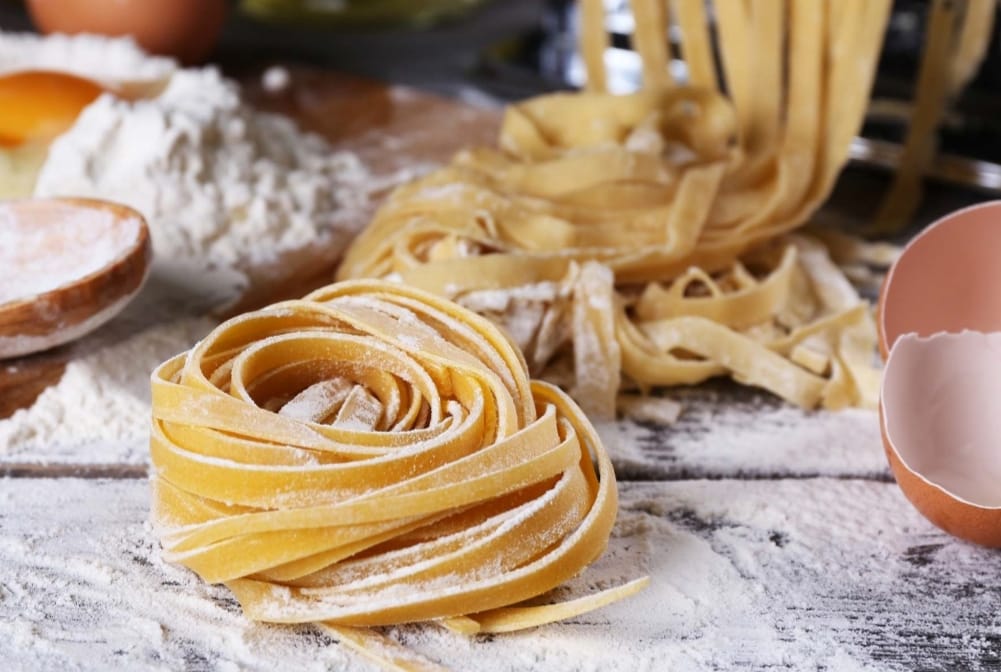
The differences between dried & fresh
Dry pasta and fresh pasta are two types of pasta that are made differently and have distinct characteristics.
Dry pasta is made from wheat flour and water, and is typically sold in a box or package. It also has a long shelf life, so it can be stored in a pantry or cupboard for several months. It also cooks for longer than fresh pasta, usually taking around 8-12 minutes to cook.
Fresh pasta, on the other hand, is made with wheat flour and eggs. The eggs act as a binding agent and also give the pasta a slightly yellow colour. Fresh pasta is usually made and sold in a short time frame and is usually consumed soon after it is made. However, innovation in different packaging types have allowed manufacturers to extend the shelf-life of fresh ambient pasta. It also cooks faster than dried pasta, usually taking around 2-4 minutes to cook.
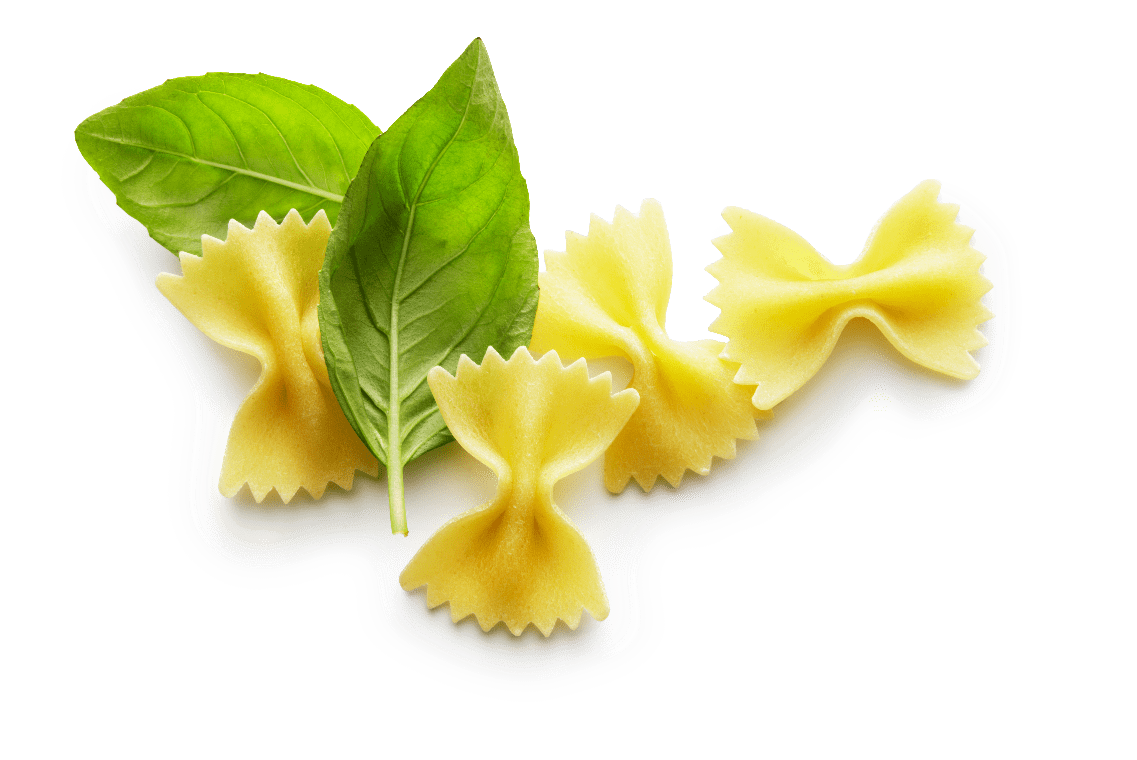
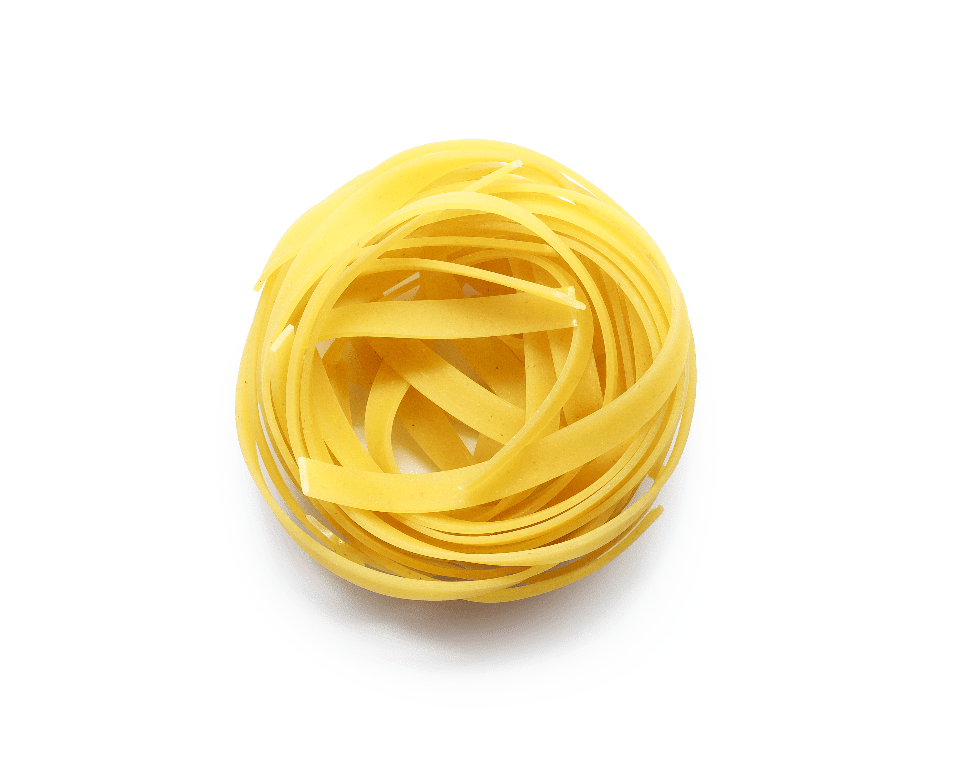
Quality from the very start
Durum wheat semolina is the most common type of wheat used to make pasta because it is high in gluten, which gives pasta its characteristic firm texture and ability to hold its shape when cooked.
Durum semolina plays a major role in the quality of pasta, its performance, and its ability to withstand high temperatures when cooked. Pasta made with durum wheat semolina has a yellow colour and a nutty, somewhat sweeter flavour than pasta made with other types of wheat. It’s also more resistant to overcooking and breaking.
Bronze vs. Teflon
The difference between pasta extruded through a bronze die or a Teflon die lies in the manufacturing process.
Pasta extruded through a bronze die is made using traditional techniques that have been used for centuries, which gives the pasta a rough, porous surface. This rough surface allows the pasta to better hold onto sauces and seasonings, which gives it a more authentic texture and flavour.
Pasta extruded through a Teflon die, on the other hand, is made using more modern technology. The pasta dough is extruded through a die made of Teflon, which is a type of plastic. Teflon dies are smoother than bronze dies, so the pasta that is extruded through them has a smoother surface.
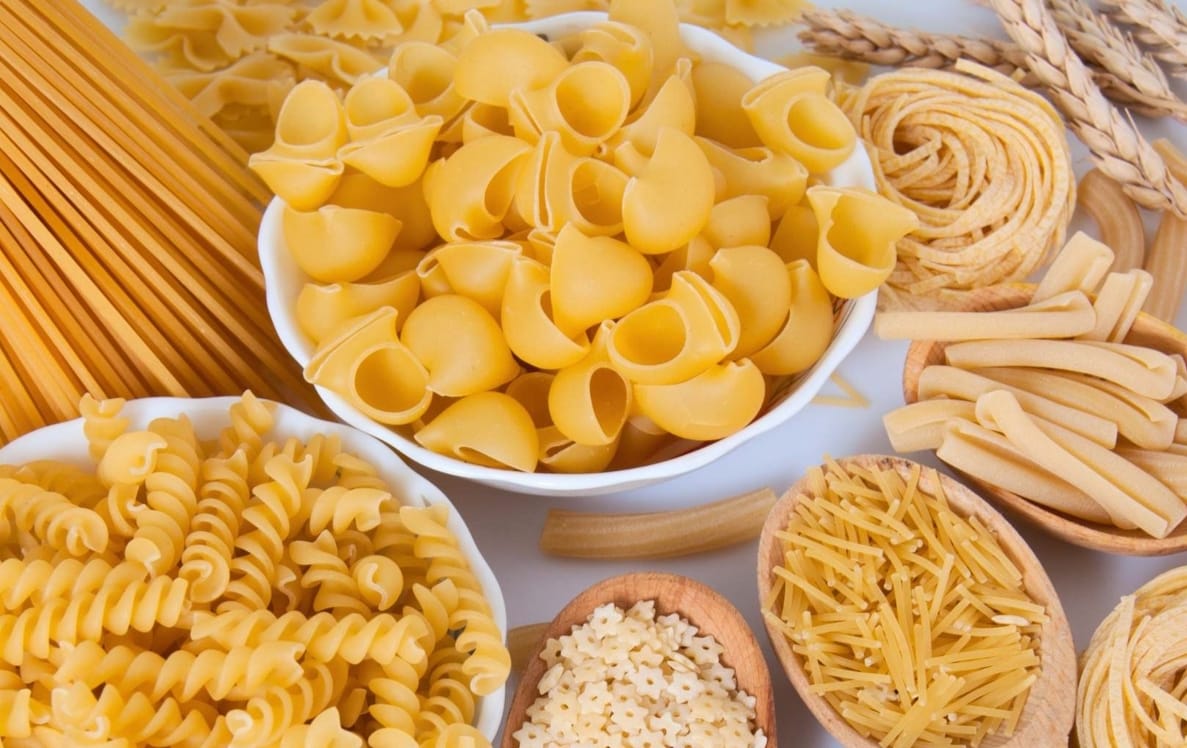
Shapes & sizes
Pasta shapes can be divided into a few different categories like long pasta, short pasta, ribbon pasta, stuffed or filled pasta, tiny pasta, large pasta, speciality pasta (like cavatelli, orecchiette, fusilli and gnocchi) and many more.
Want to learn more about the different pasta shapes,
download our Pasta Catalogue for an overview.
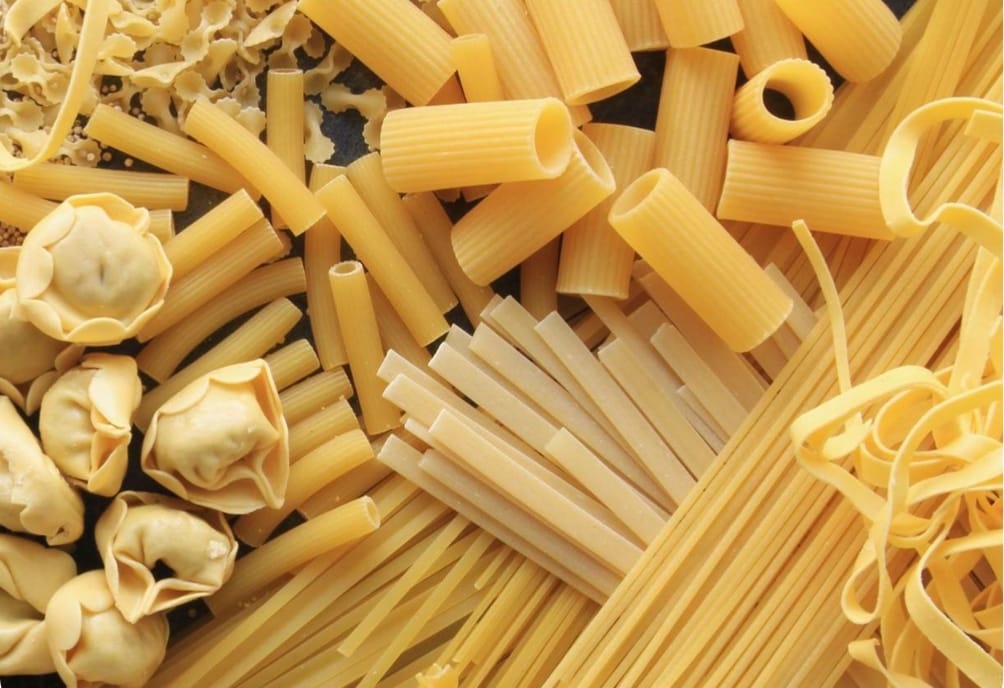
Frozen or dried?
There are many benefits to using frozen or dried pasta:
Dried pasta:
- Long shelf life and allows for easy storage and distribution
- Consistent texture and quality
- Can be produced in large quantities quickly
Frozen pasta:
- Longer shelf life than fresh pasta and can be easily stored and transported
- Freezing pasta can help to preserve its texture, flavour, and nutritional value
- Allows for large quantities to be produced quickly
Overall, both dried and frozen pasta offer convenience and cost-effectiveness for food manufacturers, depending on their specific needs and goals. It is also worth noting that frozen pasta can have a fresher taste than dried pasta, but will require more space for storage.
Our Supplier
Valdigrano, a family-owned business founded in 1997, has deep roots in the pasta-making industry. For over seventy years, three generations of the Pagani family have been producing Italian pasta with passion and dedication. The company’s long-standing relationship with Lupa Foods, their first customer outside of Italy, has developed into an exclusive partnership for the UK region.
We manage the entire supply chain and logistics of importing the pasta from Italy to the UK, including handling all the complexities that come with importing and logistics such as customs clearance, freight forwarding, and compliance with UK regulations. This allows Valdigrano to focus on producing high-quality pasta, while Lupa Foods ensures that the pasta reaches its destination on time and in perfect condition.
For more detail about our pasta, and information about our supplier and our relationship with them, click the button below to download our catalogue as a PDF.

